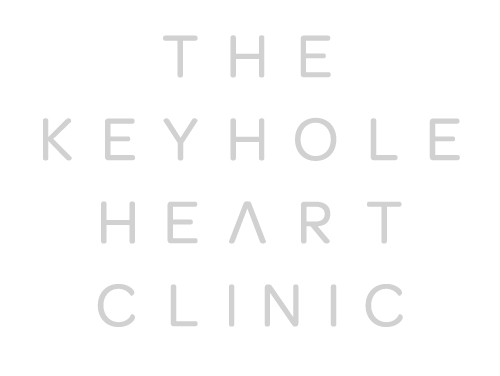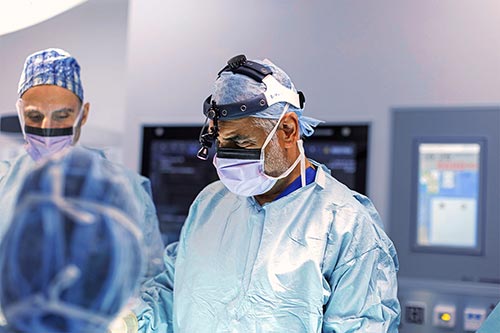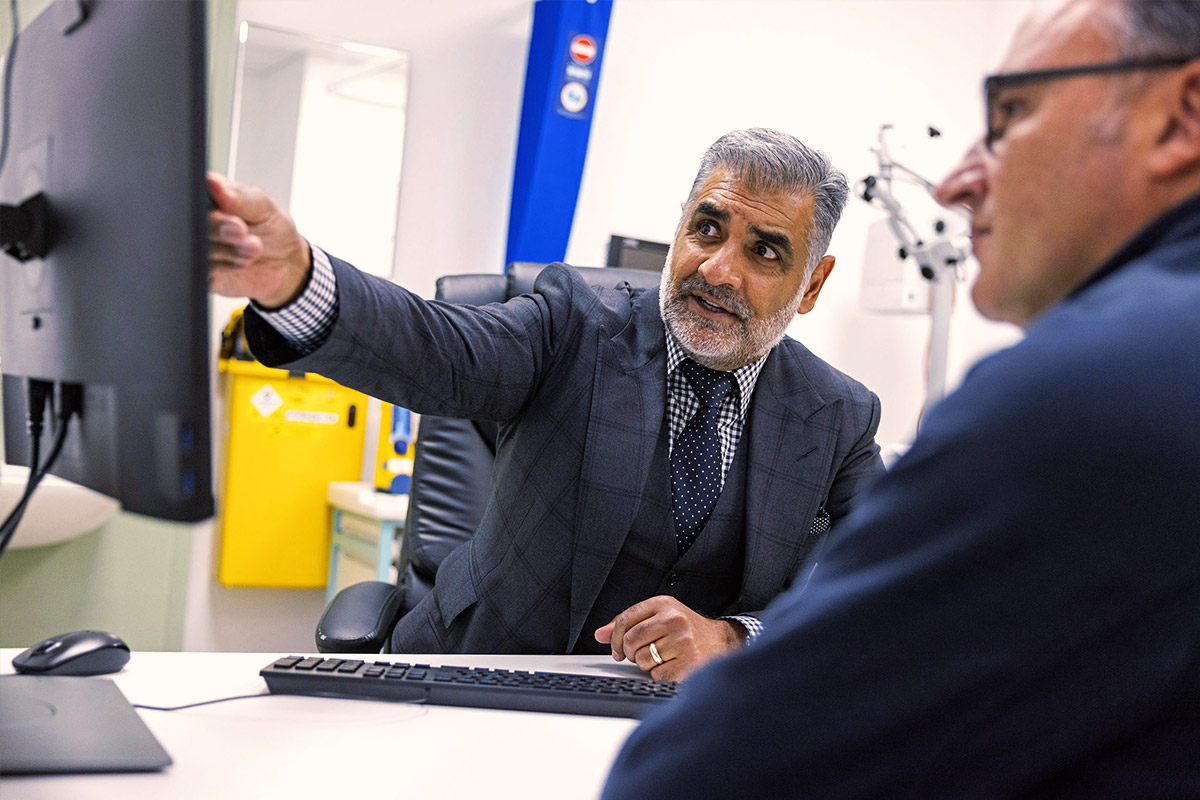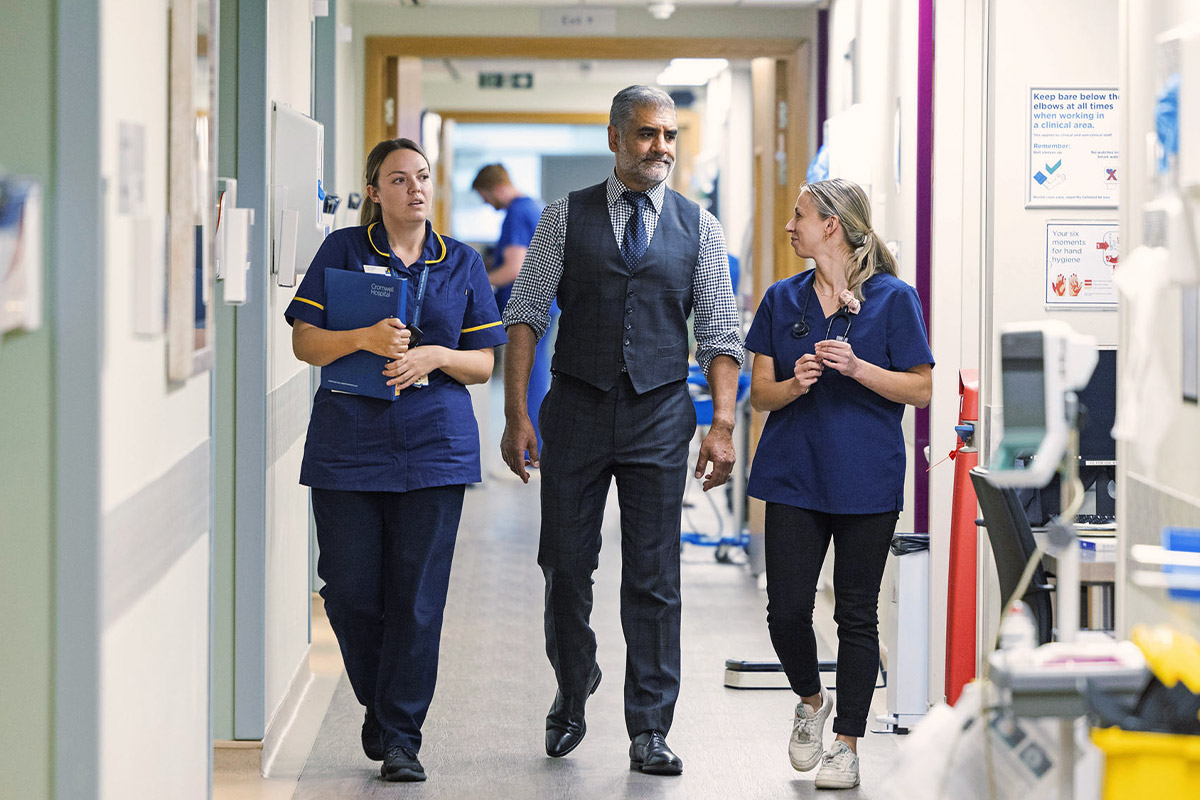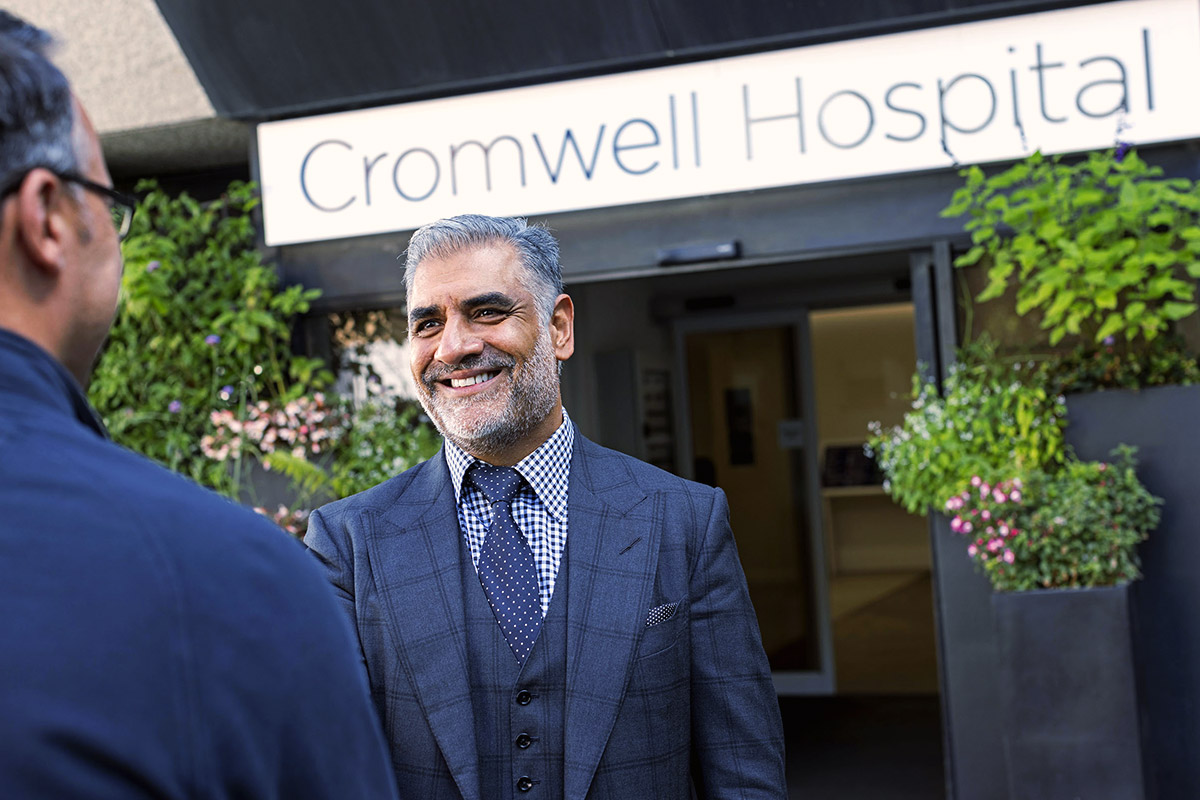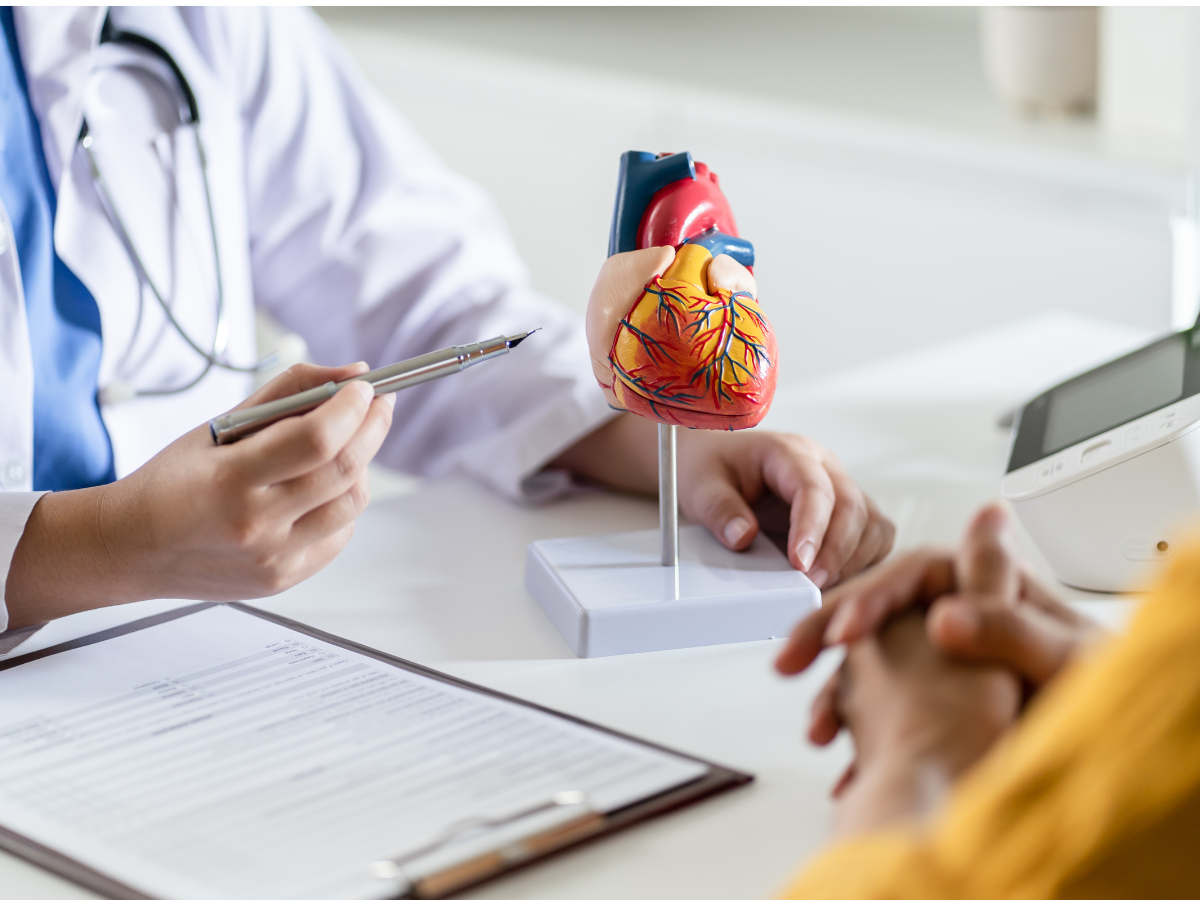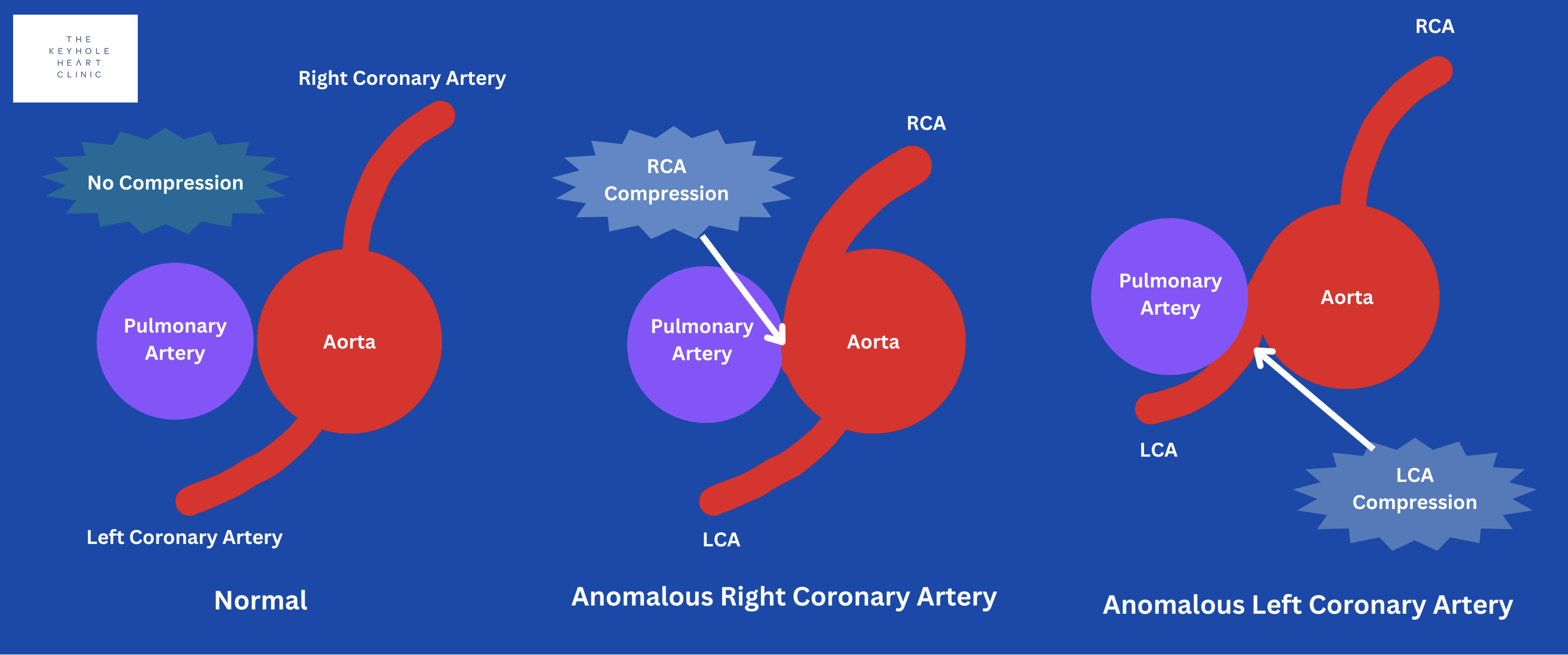Valve Choices in Aortic Valve Disease
Read MoreThe aortic valve can sometimes be repaired, but the majority of patients who require surgery currently benefit most from aortic valve replacement.
There are a number of choices available for aortic valve replacement and your surgeon will help to guide you through decision making. Here are the types of valves that we most commonly use at The Keyhole Heart Clinic.
Mechanical valve replacement
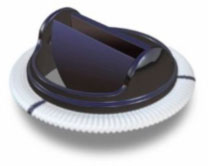
St Jude Medical Mechanical Aortic Valve
The benefit of mechanical valve replacement lies in the fact that modern valves demonstrate little or no evidence of structural deterioration. Their only caveat is that they can promote clot formation on their surface. For this reason, patients require life-long anticoagulation with Warfarin, a daily tablet, which inhibits the clotting mechanism. A patient on Warfarin requires regular blood tests to ensure that the degree of anticoagulation is optimal. Excessive anticoagulation can produce dangerous bleeding complications that are more common in older patients.
The On-X Carbon valve retains all of the properties of a mechanical valve with the potential advantage of reduced blood thinning requirements. Patients choosing this valve type are able to take a lower dose of Warfarin after three months postoperatively in combination with Aspirin (INR range 1.5-2.0 rather than 2.0-3.0 required with traditional mechanical valves).
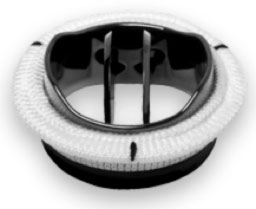
Cryolife, Inc On-X Carbon valve (Aortic)
Bioprosthetic (tissue) valve replacement
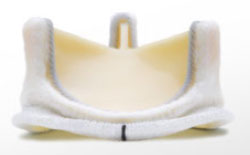
Edwards Lifescience Perimount Magna Bioprosthesis
A bioprosthetic valve can be made from pigs’ valves or from the pericardium of a cow. There is no risk of cross infection and Warfarin is not a requirement. Unfortunately, bioprostheses can wear away so that whilst patients’ over the age of 70 years old can expect a durability of 80 to 85% at 10 years postoperatively, younger, more active patients will usually require revision surgery much sooner. Newer bioprosthetic valves, known as “Sutureless Valves” are now available.
They offer a significant advantage in terms of the speed with which they can be deployed, and are a revolution for high risk patients who require a quick operation to improve recovery, as well as for patients undergoing keyhole aortic valve replacement. They are also ideally suited for patients undergoing keyhole aortic valve surgery. The sutureless aortic valves used by teams at The Keyhole London Heart Clinic are made of the same material as the tissue valve mentioned above. We expect the durability of the valve to be similar though data with this valve does not currently exist in the world data presently.
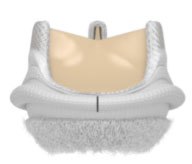
Edwards Lifescience Sutureless aortic valve
Transcatheter Aortic Valve Implantation (TAVI)
This procedure entails the insertion of a new bioprosthetic aortic valve percutaneously through the groin, a small incision over the left chest, or via a small breastbone incision. The procedure is reserved for specific patients who are unsuitable for traditional surgery. This is because TAVI is associated with a higher risk of stroke, as well as concerns regarding leakage around the edges of the new valve. There is also evidence emerging which suggests that TAVI valve durability is far lower than surgically inserted tissue valves, and for patients requiring a good long term result, operative treatment is far superior.
Modern day TAVI valve procedures are improving all of the time and will undoubtedly play a big role in the treatment of aortic valve disease in the future.
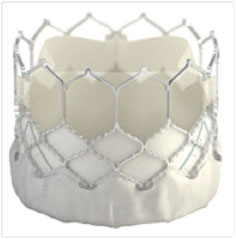
Edwards Lifescience Sapien III TAVI valve
Services
How We Can Help You
